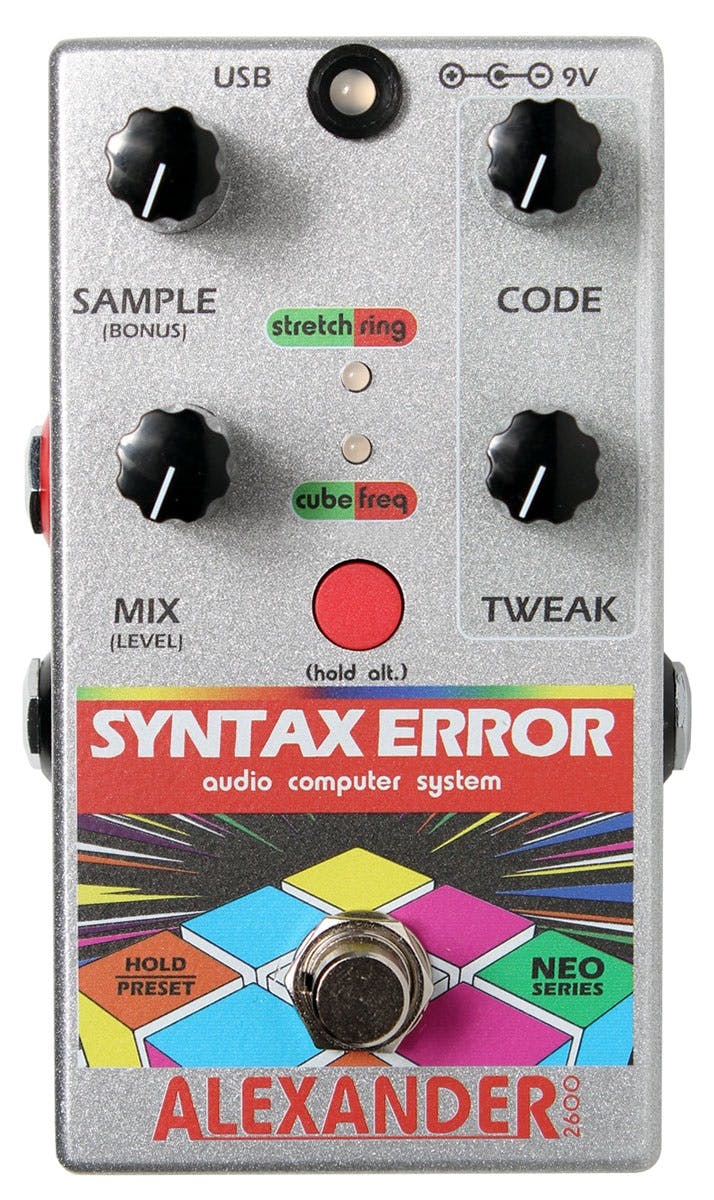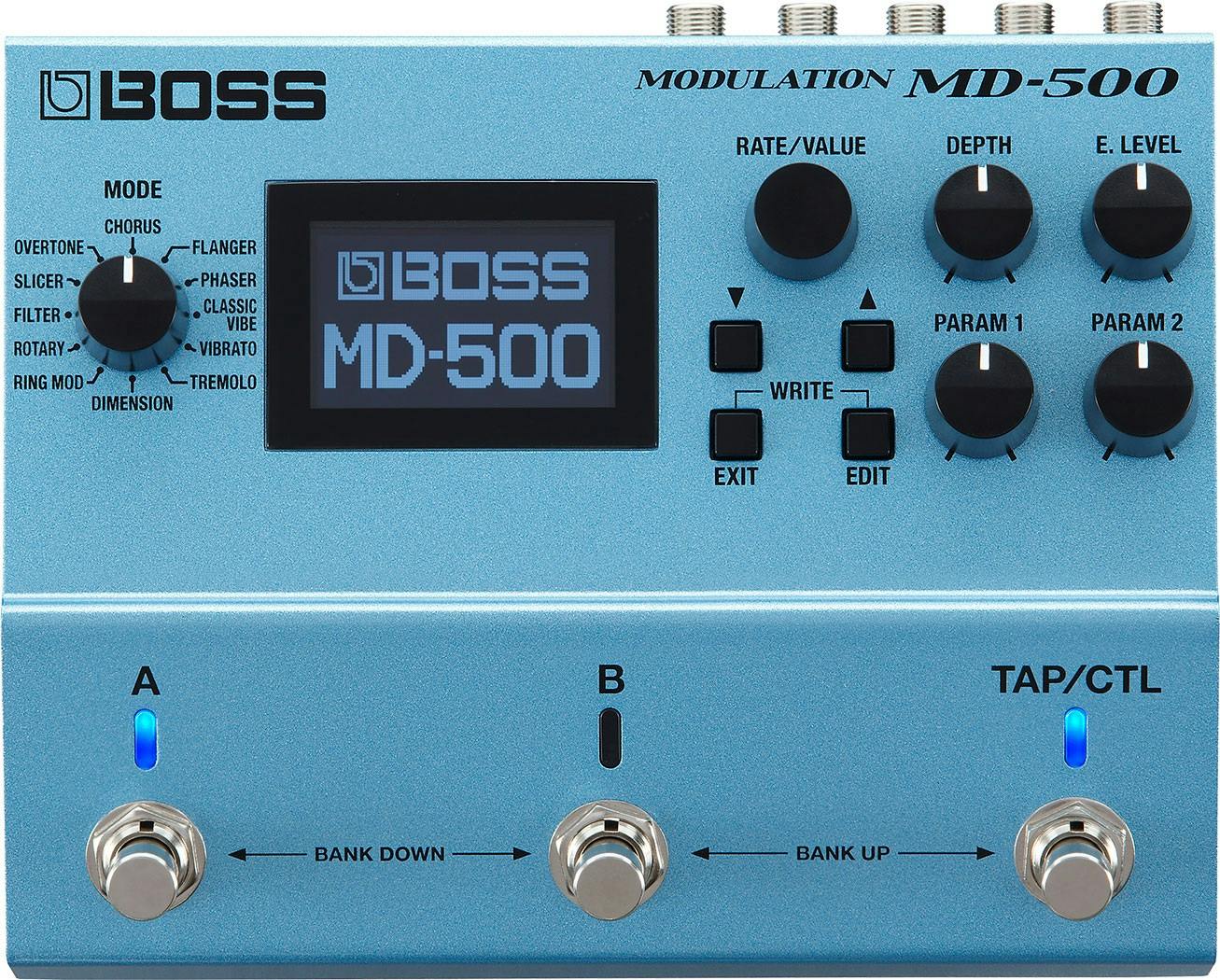Just Expression Guitar Effect Pedal Videos – Boss Slicer SL-2 Tone Sample w/ Expression Pedal #guitar #pedals #slicer #boss #effect #shorts
Expression Video – Boss Slicer SL-2 Tone Sample w/ Expression Pedal #guitar #pedals #slicer #boss #effect #shorts
Electro-Harmonix Lizard Queen Octave Fuzz
£129.00 £70.99
Unique transistor-based octave fuzz distortion circuit designed by Josh Scott Blendable Octave to dial in the analog octave chaos Balance control adjusts between smooth sustaining tones and raspy fuzz tones 1970s Electro-Harmonix graphic designed by … read more
Valeton GP-5 Super Compact Multi-Effects Processor & NAM/IR Loader Pedal
£65.00
Ultimate Tone & Portability: Combines studio-grade HD effects with a compact stompbox design, delivering over 100 organic effects and 9 customizable modules for seamless pedalboard integration. NAM & IR Compatibility: Load up to 80 Neural Amp Modeler… read more
SONICAKE Auto Wah Pedal Envelope Filter Funky Bass Guitar Effects Pedal Cry-Bot
£25.99
100% Analog Envelope Filter/Auto Wah by Picking Dynamics Designed for both Guitar & Bass with Fast and Accurate Tracking Wide Range Funky Tone Shaping with 4 useful Knobs True Bypass Footswitch keeps a clean Signal Path Auto Wah Pedal working with 9V… read more
Behringer FX600 Digital Multi-Effects Pedal
£29.00
Studio-Grade FX Engine: Enjoy a 24-bit, 40 kHz high-resolution stereo FX engine that delivers studio-quality effects in a compact, affordable stompbox Six Versatile Effects: Choose from Flanger, Chorus, Phaser, Delay, Tremolo, and Pitch Shifter to tr… read more
SONICAKE Digital Delay and Reverb Guitar Pedal 2 in 1 Guitar Effects Pedal Levitate
£47.99
Digital Delay & Plate Reverb 2 effects in 1 guitar pedal Max to 2000ms Delay Time, Reverb has large schedulable decay parameter Trail and TapTempo function helps during the guitar performance Living Show Special Design Buffer Bypass Circuit Keeps the… read more
BOSS Fv-500H High Impedance Volume Pedal, Ultra-Smooth Pedal Movement & Heavy-Duty Aluminum Die Casting Body
£113.00 £104.48
For 14 years, the famous BOSS FV-300 served as an industry-standard volume pedal, today the bar has been raised with BOSS’s FV-500H and FV-500L pedals. These tank-tough diecast pedals are designed to meet the needs of the most demanding customers. FV… read more























